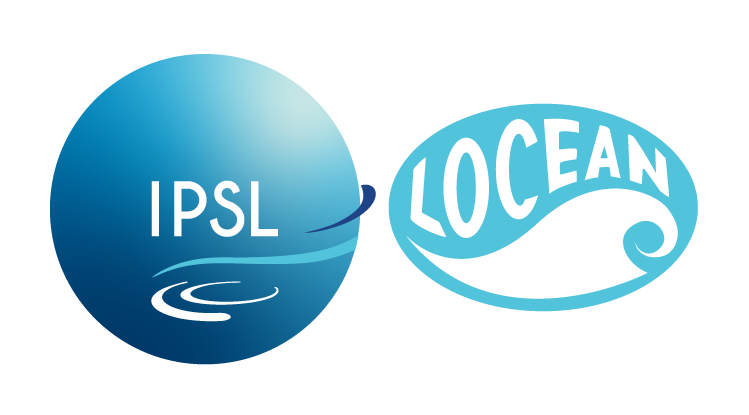
Séminaire
Jonathan Rheinlænder: Breaking up is hard to do – Simulating extreme breakup events in Arctic sea ice
Jonathan Rheinlænder (NERSC, Bergen, Norway): Breaking up is hard to do – Simulating extreme breakup events in Arctic sea ice
Sorbonne Université 4 place Jussieu 75005 Paris Sorbonne Université LOCEAN Couloir 45-55 4e étage pièce 417
Description
Over the last couple of decades Arctic sea ice has experienced a dramatic shrinking and thinning. The loss of thick multi-year ice in particular means that the ice is weaker and therefore more easily broken up by strong winds or ocean currents. As a consequence, extreme sea-ice breakup events are occurring more frequently in recent years which has important consequences for air-sea exchange, sea ice production and Arctic Ocean properties in general. Despite having potentially large impacts on Arctic climate, such breakup events are generally not captured in current sea-ice and climate models, thus presenting a critical gap in our understanding of future high-latitude climate. Here we present simulations using the next generation sea-ice model – neXtSIM (developed at the Nansen Center in Bergen, Norway) investigating the driving mechanisms behind a large breakup event that took place in the Beaufort Sea during mid-winter in 2013. These simulations are the first to successfully reproduce the timing, location and propagation of sea-ice leads associated with a wind-induced breakup. We found that the sea ice rheology and horizontal resolution of the atmospheric forcing are both crucial in accurately simulating such breakup events. By performing additional sensitivity experiments where the ice thickness was artificially reduced, we further suggest that large breakup events will likely become more frequent as Arctic sea ice continues to thin. Finally, large breakup events during winter are found to increase local ice growth through enhanced air-sea fluxes, but also increase the transport of old, thick ice out of the Beaufort Sea. Overall, this results in a thinner and weaker ice cover that may precondition earlier breakup in spring and accelerate sea-ice loss.
Informations dates et horaires
date and time: Mardi 18 Octobre à 11h
room: LOCEAN – Salle Principale du 4ème, Tour 45/55 4eme étage piece 417


